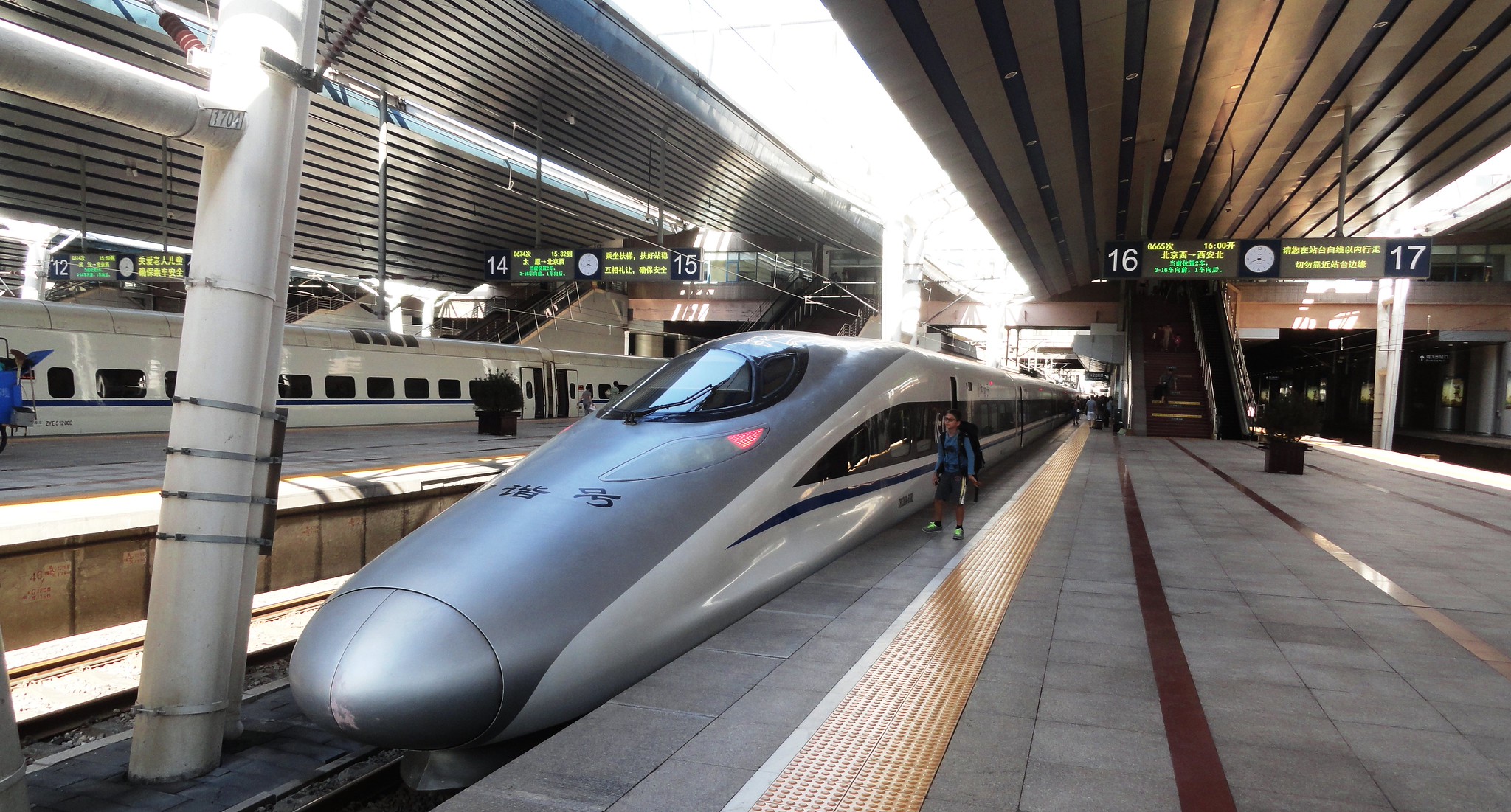The link between transportation and public health, explored on this page days ago, is plumbed further in a report released today by PolicyLink and the Prevention Institute with an introduction by Jim Oberstar (D-MN), chairman of the House transport committee.
The report brings together the key pivot points in the transportation debate, many of which have led the news: safety, air pollution, greenhouse gases, physical activity, mental health, and equality.
And Oberstar, in his introduction, neatly sums up the regrettable but manageable consequences of the nation's love affair with its interstates to the exclusion of other priorities:
The asphalt poured and lane miles constructed enhanced our mobility and strengthened our economic growth; but too often, this auto-centric mindset took hold and crowded out opportunities to invest in a truly sustainable intermodal transportation system, in particular a system that meets the needs of under-served communities.
Yet the report's most compelling aspect may well be its discussion of the debate over adding national policy targets to the upcoming six-year transportation bill -- a topic Oberstar has weighed in on of late.
Oberstar's six-year legislation left out the national targets proposed by two senior Democratic senators, choosing instead to let states and localities set their own performance standards in conjunction with the U.S. DOT. But as PolicyLink's report points out, setting nationwide transport reform priorities is a worthwhile goal:
[T]he legislation does more than provide money. It also communicates national policy priorities. Will we build roads on the farthest edges of regions or fix aging roads and bridges in cities and inner-ring suburbs? Will we invest in healthy, green transportation ... Or will we spend most of the money as we have for decades: on new and bigger highways with little public accountability?
The bill establishes funding categories and requirements and in some cases gives communities and metropolitan regions flexibility to shape strategies to local needs. The new law is a chance to design communities for health, sustainability, and opportunity — and to give all Americans physically active, clean, affordable, convenient, reliable, and safe options to get where they need to go.





